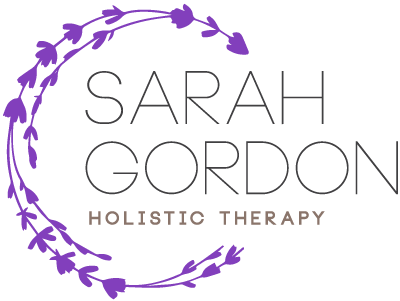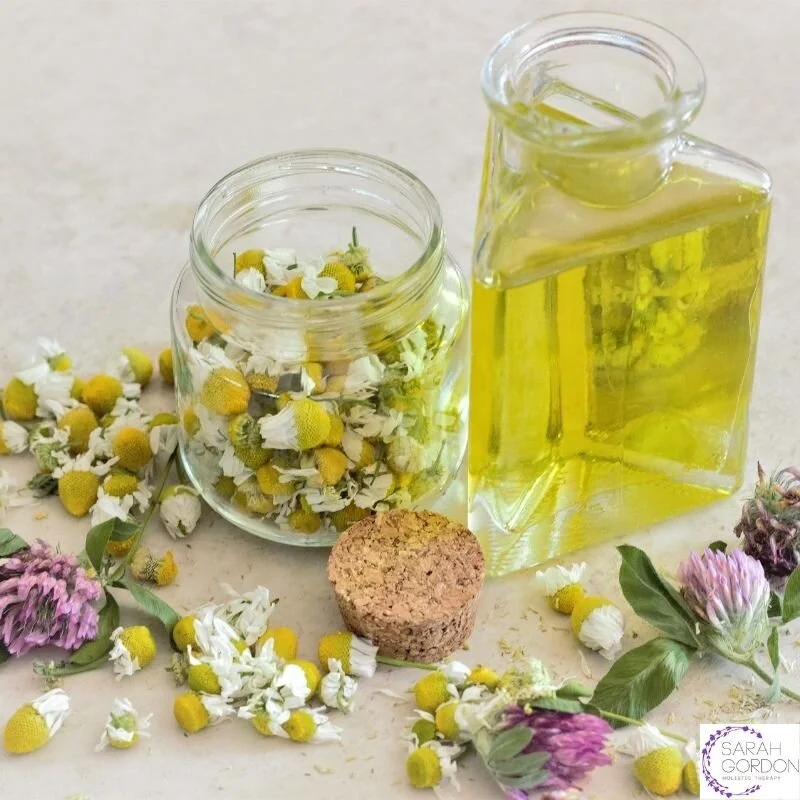As today’s hectic lifestyles exacerbate stress and anxiety, Holistic Therapy is becoming increasingly popular to help ease issues such as sleeplessness, muscular tension, headaches, irritability, overwhelm and burnout. Added to this with everything we’re experiencing during the Coronavirus Pandemic, now more than ever, people are taking ownership of their health and are seeking ways to help themselves.
According to a 2020 Member Survey by my Professional Association, the Federation of Holistic Therapists, aromatherapy is one of the top three complementary therapies requested by the public in the UK. I can certainly validate that with how popular Aromatherapy Massage is in my Practice.
However, people are seeking more than treatment from a Therapist; they also want to learn how to use aromatherapy and essential oils at home. If you are one of the many who is not sure where to start, here’s a simple guide to help you embark on your own DIY aromatherapy rituals.
What is Aromatherapy?
It’s a soothing therapy that harnesses the natural, therapeutic powers of essential oils. Extracted from different plants, these pure aromatic essences are used to invigorate, balance as well as relax mind, body and spirit.
Aromatherapy works on the basis that essential oil aromas trigger the limbic system (the part of the brain linked to emotions, memory and hormones, where impulses such as the “fight and flight” stress response are controlled. Used with massage, essential oils are a powerful combination. On entering the bloodstream through inhalation and absorption, molecules travel to different body systems stimulating the healing response.
How can Aromatherapy Benefit Me?
This calming therapy is used to:
Relieve stress and anxiety,
Ease physical tension,
Induce feelings of deep relaxation,
Improve your mood,
Aid sleep,
Enhance a general sense of health and well-being.
Need any of the above? If your answer is YES, before you rush out and buy your aromatherapy starter kit, here’s a few things you need to be aware of.
Essential Oil Safety
Essential oils are highly concentrated, potent liquids that can be toxic if misused. Treat them with respect, care and caution by following usage guidelines. Don’t apply oils directly to your skin, always dilute them first with a carrier oil such as grapeseed and never ingest. Patch test if you have sensitive skin and avoid applying citrus oils before heading out in the sun. Their phototoxic properties can cause skin discolouration and sensitisation.
At times, some essential oils should be avoided. For this reason, consult your GP and a qualified Aromatherapist first if you:
Have a medical condition,
Are taking medication,
Are receiving treatment,
Are pregnant or breastfeeding.
Seek specialist advice when using aromatherapy with babies and children. Those of you with pets do your research and speak to your Vet before diffusing oils at home.
Buying and Storing Essential Oils
Always buy superior quality oils from a reputable supplier offering pure, unadulterated oils such as Neal's Yard Remedies Organic, Base Formula or Tisserand. When you see the plant’s Latin name cited, country of origin and safety data on the bottle label, this is a good indicator that they are premium grade oils.
All essential oils should be contained in amber or dark blue glass bottles protecting them from being tainted by ultraviolet light. If you see oils in plastic containers take this a warning not to buy, as the natural compounds react to synthetic plastics over time and can become contaminated.
Store in a cool place out of direct light and away from heat sources, children and pets. Citrus oils are best stored in the fridge. Always replace the bottle cap immediately after use to prevent oxidisation.
Blending Essential Oils
A good starting place for blending is to think about your desired outcome and how you want to use your oil combination e.g. bath, massage.
Essential oils have unique aromas, properties and chemical compounds that produce distinct therapeutic, psychological and physiological effects. They work synergistically and can be grouped to help you decide which ones to use.
You many want an energising blend, with a flowery, citrus aroma, or a calming, anti-anxiety blend that has a more woody or herbal scent. You can also focus on the “notes” of oils, outlined below:
Top Note (fast acting, stimulating and uplifting - Lemon)
Middle Note (heart of the fragrance, stays in the bloodstream longer, primarily affecting bodily functions - Geranium)
Base Note (rich, grounding most sedating and relaxing, extends the life of a blend - Frankincense).
Just start with 1 oil and gradually work up to mixing 3 oils. If you’re not quite ready to give blending a go, you can start with pre-blended products such as Rollerballs, or oils already combined. So, there’s no excuse to not take your first step into the world of aromatherapy.
Aromatherapy Self-Care
There are many ways to include aromatherapy in your self-care toolkit. Here’s 3 of the main ones to get you started.
Bath/Shower
Slip into a state of zen by dispersing essential oils in a de-stressing bath. Being cocooned in the warm water has the added benefit of easing muscular tension and opening the pores aiding more rapid absorption.
- Dilute 4-8 drops of essential oil into a 15 ml (1 tablespoon) of carrier oil, this helps disperse the oils. When the bath has finished running add your blend, inhale, relax, and let the stresses of the day drift away!
Use 4-6 drops in 15 ml of carrier oil for either a foot or hand bath and soak for 10 minutes.
In the shower, add 5-8 drops of essential oil to a warm, damp flannel (not the one you’re using to wash with) and hang it near your face. Have the water hot enough to produce steam and enjoy the aroma.
You can also combine your drops with 1-2 tablespoons of unscented shower gel for an energising or calming experience.
Massage
If you’re suffering with general aches and pains, digestive problems, menstrual issues or fluid retention an oil-infused massage is one way you can help soothe the area concerned. You can also boost your skincare and wellness routine by making up a relaxing or energising massage oil to use after your shower or bath.
For a full body blend use 15ml (1 tablespoon) of carrier oil with up to 8 drops of your chosen oils.
Diffusion
You can quickly and easily fill your home with aromatherapeutic benefits by vaporising and diffusing essential oils. Create blends to uplift and invigorate or instil a calming ambience, simply tailor your blends to suit. Always follow the manufacturers guidelines for your diffuser/vaporiser as they all differ.
Use this method as a way to unwind after work, incorporate in your night-time ritual to aid sleep, or to help boost your energy and focus. Diffuse your oils for a maximum of 30 minutes and then maybe later in the day if you feel the need. There is no added benefit of diffusing all day long, which can actually have a detrimental effect.
Over to you!
Just follow your nose and inner wisdom, you’ll soon get the hang of incorporating aromatherapy into your self-care routine. As you discover more you can experiment with making room sprays, cleaning products, using steam inhalation to alleviate congestion as well as compresses to ease localised complaints.
For more bespoke advice book an Online Aromatherapy Consultation or add your name to my Waiting List for that well needed post lockdown de-stressing energy boost.





